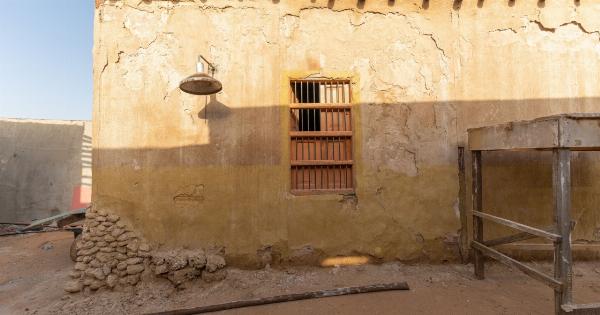Kidney stones are hard deposits made of minerals and salts that form in the kidneys. They can vary in size and shape, ranging from as small as a grain of sand to as large as a golf ball.
These stones can cause severe pain and discomfort when they obstruct the urinary tract.
Who is at risk?
Kidney stones can occur in anyone, but there are certain factors that can increase the risk of developing them. These include:.
- Family history: If someone in your family has had kidney stones, you may be more likely to develop them as well.
- Dehydration: Not consuming enough fluids can lead to the formation of kidney stones.
- Diet: A diet high in sodium, oxalate, and animal protein can increase the risk of stone formation.
- Obesity: Being overweight or obese can increase the likelihood of developing kidney stones.
- Medical conditions: Certain medical conditions such as urinary tract infections, gout, and digestive disorders can also contribute to stone formation.
Myth: Only older people get kidney stones
Fact: While it is true that the risk of kidney stones increases with age, people of all ages can develop them. In fact, recent studies have shown an increase in kidney stone cases among young adults and children.
This may be due to a combination of dietary and lifestyle factors.
Myth: Drinking cranberry juice can prevent kidney stones
Fact: While cranberry juice is often recommended for urinary tract infections, there is no evidence to suggest that it can prevent kidney stones. Kidney stones are primarily composed of different minerals and salts, not bacteria.
However, staying hydrated and maintaining a healthy diet can help reduce the risk of stone formation.
How are kidney stones diagnosed?
If you suspect you have kidney stones, it is important to see a healthcare professional for an accurate diagnosis. The following diagnostic methods may be used:.
- Imaging tests: X-rays, CT scans, or ultrasounds can help identify the presence and location of kidney stones.
- Urine tests: Analyzing a urine sample can provide information about the composition of the stones and help determine the underlying cause.
- Blood tests: Blood tests can help detect any abnormalities in kidney function and identify potential risk factors.
Myth: All kidney stones are the same
Fact: Kidney stones can vary in composition, size, and shape. The most common types are calcium stones, which account for about 80% of cases. Other types include uric acid stones, struvite stones, and cystine stones.
The composition of the stone can influence the recommended treatment approach.
Myth: Surgery is the only treatment option for kidney stones
Fact: In many cases, kidney stones can be passed naturally through the urinary tract without the need for surgical intervention. However, larger stones or those causing severe symptoms may require medical or surgical intervention.
Treatment options include:.
- Medications: Certain medications can help break down kidney stones or help them pass more easily.
- Extracorporeal Shock Wave Lithotripsy (ESWL): This non-invasive procedure uses shock waves to break up stones into smaller pieces that can be passed through urine.
- Ureteroscopy: A thin tube is inserted into the urethra to remove or break up stones located in the ureter or kidney.
- Percutaneous Nephrolithotomy: In this surgical procedure, a small incision is made in the back to remove larger stones from the kidney.
Prevention and lifestyle changes
To reduce the risk of developing kidney stones, certain lifestyle modifications can be made:.
- Stay hydrated: Drinking plenty of water helps dilute urine and prevent the accumulation of minerals that can lead to stone formation.
- Follow a balanced diet: Limit foods high in sodium, oxalate, and animal protein while increasing your intake of fruits, vegetables, and whole grains.
- Manage weight: Maintaining a healthy weight can help prevent the formation of kidney stones.
- Limit alcohol and caffeine: Excessive consumption of alcohol and caffeine can increase the risk of dehydration, which can contribute to stone formation.
Myth: Once you have had kidney stones, you will always get them
Fact: While having a history of kidney stones does increase the likelihood of developing them again, it does not mean that everyone will experience recurrent stones.
With proper lifestyle changes and preventive measures, the risk can be significantly reduced.
Conclusion
Kidney stones are a common condition that can cause significant pain and discomfort. By understanding the facts and dispelling myths, individuals can make informed decisions about prevention, diagnosis, and treatment.
Leading a healthy lifestyle and seeking medical advice when needed can help manage the risk and impact of kidney stones.




























